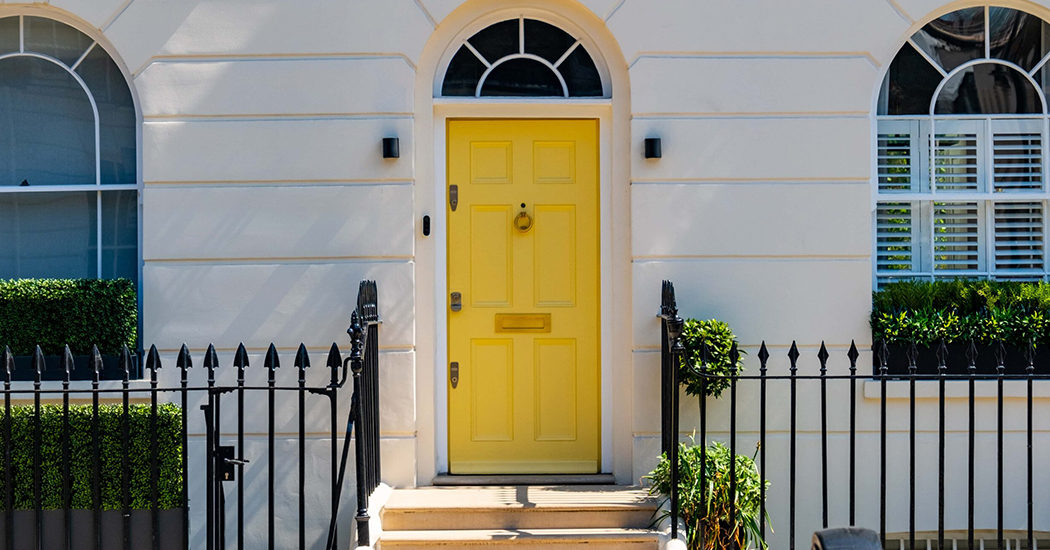Why are listed buildings so popular? Because of their charm? Because they’ve stood, virtually unaltered for hundreds of years? Because they’re something different from the rows and rows of identical new build houses that have sprung up in recent times?…
It is fair to say that all these things play a part. But the one thing that makes listed buildings popular is also the very reason they’re listed in the first place – their architectural and historical interest.
There are however some caveats to think about when owning a listed building. Celebrated and safeguarded due to their national importance, listed buildings are protected by law, with any alterations to the property subject to listed building consent.
Here we cover some of the most important aspects to consider if you are interested in purchasing one of these remarkable pieces of British history. Before you buy a listed house, make sure you read this guide.
1. Check what grade the listed building you’re thinking of purchasing is
There are three levels of listed building in England and Wales. Knowing which band your prospective property purchase falls into will indicate the restrictions placed upon it.
Grade I buildings are classified as buildings of ‘exceptional interest’. In Suffolk, there are 401 Grade I Listed buildings, including churches, Bury St Edmunds’ Abbey Gate and Willy Lott’s Cottage, of ‘The Haywain’ fame.
Grade II* buildings, such as Kentwell Hall in Long Melford, Suffolk are classified as buildings ‘of more than special interest’.
Most residential properties are Grade II Listed. This means they are of ‘special’ interest. While restrictions still apply, local authorities are more likely to allow alterations to these types of property.
2. Get an in-depth survey done before you buy
While a survey is important when buying a property of any age, it is especially important when purchasing a listed building. Ensure you employ a surveyor who specialises in historic buildings. They’ll be able to give accurate advice on any work that is needed to be undertaken. They will also investigate potentially troublesome cracks, damp or roofing issues.
3. Check whether work undertaken by the previous homeowner was authorised
If any previous work was undertaken without the appropriate building consents or if the work is not identical to what was shown on the plans, then the cost of changing it back will fall on your shoulders. UPVC windows, for example, were not all the rage back in Georgian times. If your new purchase has them, there’s a chance you’ll have to fork out to reinstate them to oak.
A specialist surveyor should be able to advise you if any of this non-conforming work was undertaken. This means you avoid any nasty surprises in the future.
4. Remember regular maintenance will be required in a listed property
The thing with buying a listed property is that it will, in most likelihood, be very old. This brings with it its own challenges. The insulation may not be as effective. Damp may be an issue. In short, a property of this age will require regular maintenance.
It is worth noting any work that is undertaken on a replace or repair basis will not require any consents. But when doing this work, you should also be aware that specialist materials and techniques may be required. There will be a premium to pay for specialist skills such as thatching. These ongoing costs should be factored into your calculations.
5. Think about insurance before purchasing a listed property
When insuring a listed building, you’ll have to tell the insurer that the building is listed. Due to the specialist materials required to recreate a listed property should the worst happen, the rebuild costs may be higher than for a modern property.
Therefore, it’s important not to scrimp on your insurance as you may be left in financial difficulties should the worst happen. To keep your premiums down, it may be worth considering a higher excess charge.
David Burr specialise in unique and interesting properties in Suffolk, Cambridgeshire and Essex
Using our property search feature, you can shortlist properties by age, meaning if you’re looking for a property from a particular period you can. So, whether you’re looking for a Georgian house in Suffolk, a converted Victorian property in Essex or a Pre 18th Century farmhouse in Cambridgeshire you can search by period and location to find your dream home.
If you are looking to buy or sell a listed property in East Anglia, we are the experts. Get in contact with your local office today to talk to one of our knowledgeable staff.







